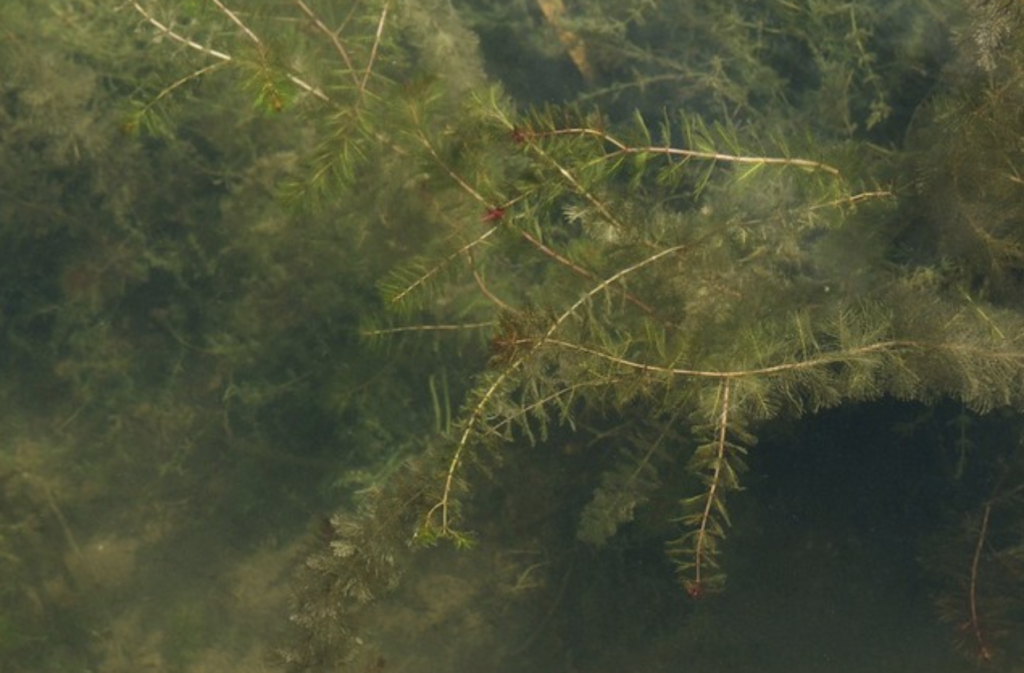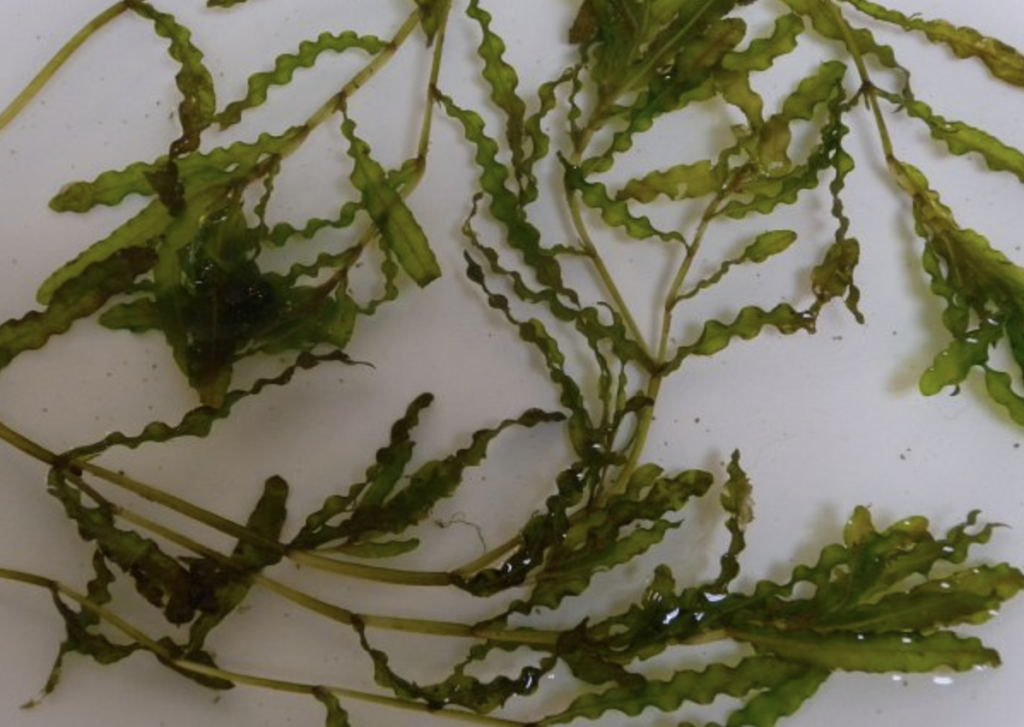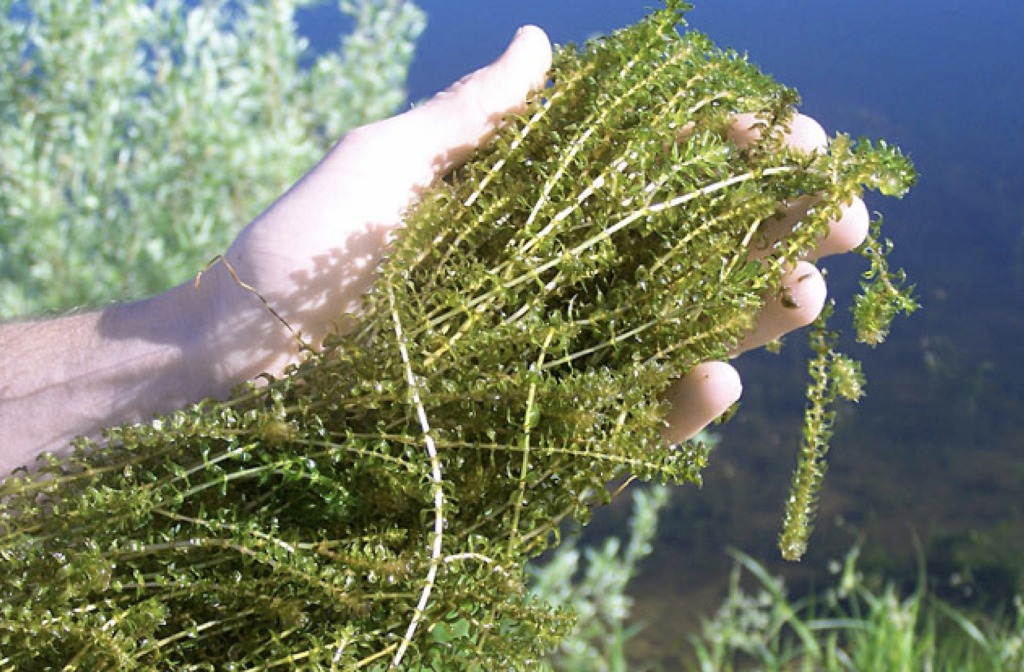Drones have emerged as the optimal tool for spraying lakes due to their unmatched efficiency, precision, and environmental considerations. Traditional methods of treating lakes with herbicides or algaecides often involve large vessels or manual application, both of which present challenges in terms of precision and even distribution. Drones, equipped with advanced sensors and GPS technology, can precisely target specific areas of the lake, ensuring accurate application of treatment substances. This not only enhances the effectiveness of lake management but also minimizes the risk of over-application or uneven dispersal. Moreover, drones operate without direct contact with the water surface, reducing the potential for disturbances or damage to aquatic ecosystems. The use of drones in lake spraying represents a technologically advanced and environmentally conscious approach, allowing for the targeted treatment of water bodies with minimal ecological impact.
Access Lakes with No Boat Ramps
Apply liquid or granular treatments
GPS Precision to Access entire lake
consistent application spread at perfect rate

Aerial application using a drone is ideal because it allows precision targeting.
Curly-leaf Pondweed (Potamogeton crispus) is an invasive aquatic plant that can negatively impact lakes and water bodies. Effective treatment strategies for controlling Curly-leaf Pondweed include both manual and chemical methods. Here are some common approaches:
Herbicides:


Controlling Common Waterweed (Elodea canadensis) in aquatic environments often involves the use of herbicides. Different herbicides may be effective for managing this aquatic plant. Here are some commonly used herbicides for treating Common Waterweed:
Fluridone:
Diquat:
Glyphosate:
2,4-D (2,4-Dichlorophenoxyacetic acid):
Managing Coontail (Ceratophyllum demersum), an aquatic plant, often involves the use of herbicides. Here are some commonly used herbicides for treating Coontail:
Diquat:
Fluridone:
2,4-D (2,4-Dichlorophenoxyacetic acid):
Glyphosate:


AgFly provides aerial Agriculture solutions where traditional methods are not possible and in areas where aerial applications increase efficiency and/or yields.
© 2026 All Rights Reserved.